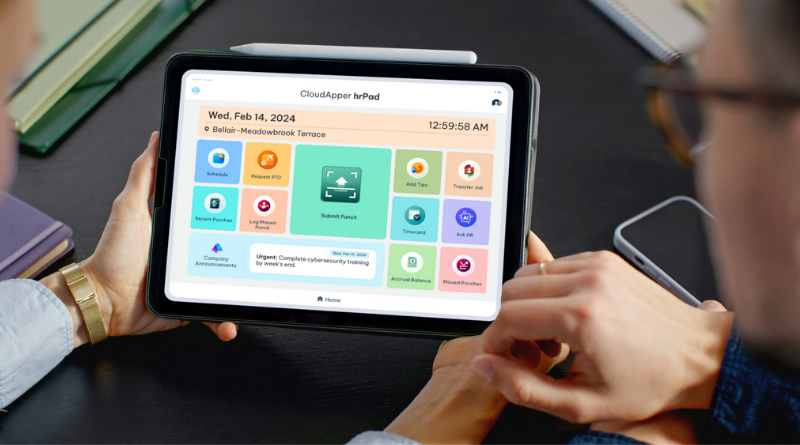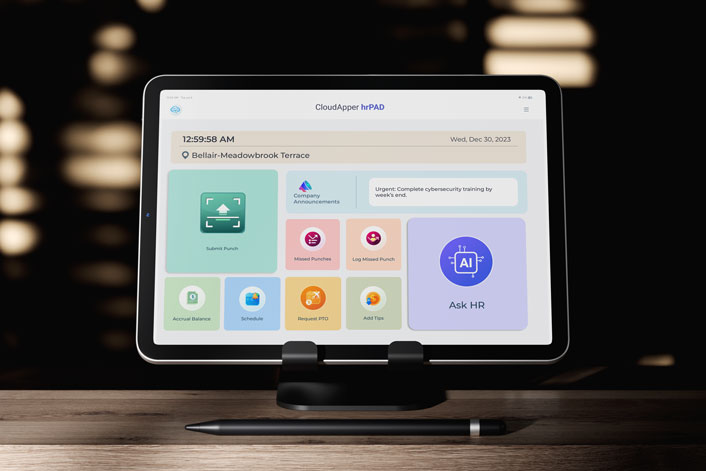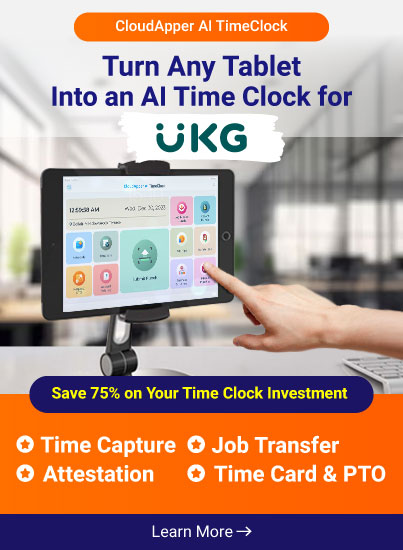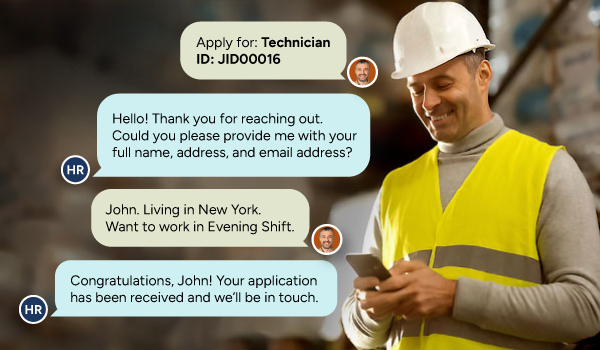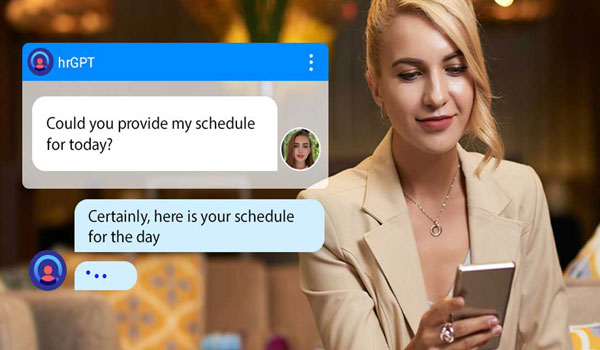Role-Based Security in UKG often leads to confusion due to misaligned permissions and outdated configurations. CloudApper hrPad enhances UKG by providing a flexible interface that adapts to user roles, simplifying security management without altering UKG's data storage or security.
Table of Contents
As organizations scale and diversify their workforce, access control becomes increasingly complex. Role-Based Security in UKG is designed to ensure users only see what they’re authorized to see—but in practice, it often causes more confusion than clarity. Whether it’s managers overwhelmed by irrelevant options or employees missing necessary access, Role-Based Security in UKG can create inefficiencies when roles overlap, permissions are misaligned, or configurations become outdated. That’s where CloudApper hrPad comes in—not as a replacement, but as a powerful expansion that simplifies how users experience security without compromising how UKG controls it.
The Problem: When Role-Based Security Causes More Questions Than Answers
UKG offers a powerful security model, but over time, especially in long-standing implementations, roles can become bloated, inconsistent, or difficult to maintain. For example:
- Managers may see dropdown menus filled with irrelevant bonus reasons
- Employees may have access to features they never use
- Some users don’t see fields or forms they need due to backend misalignment
- IT teams are stuck troubleshooting permissions across multiple modules
This isn’t due to a flaw in UKG, but rather the complexity that comes with managing security for hundreds or thousands of users across departments, locations, and job levels. The result? Confusion, errors, and a flood of support tickets.
The Solution: CloudApper hrPad as a Smart Layer on Top of UKG
CloudApper hrPad is a self-service, no-code platform that expands UKG’s capabilities by providing a flexible front-end interface that adapts to user roles and real-time conditions. It doesn’t change how UKG stores or secures data. Instead, it changes how users interact with it, bringing clarity to complexity.
Here’s how hrPad helps eliminate Role-Based Security confusion in UKG:
1. Role-Aware Interfaces
With hrPad, you can design screens that automatically adjust based on a user’s role. A supervisor and a frontline worker won’t see the same options or forms. Fields and buttons are displayed—or hidden—based on predefined conditions. This simplifies the experience and ensures users only see what they need.
2. Dynamic Field Filtering
Tired of showing all possible reasons in a form when only a few apply? With hrPad, dropdown lists and options are filtered in real time based on role, location, or department. This reduces noise and guides users to the right inputs quickly and confidently.
3. No-Code Role Logic Management
Unlike UKG’s backend configurations, which may require admin access or technical expertise, hrPad allows HR and operations teams to manage roles and screen behavior through a drag-and-drop, no-code interface. This empowers business users to make changes without relying on IT every time.
4. Unified Access Across Modules
Many organizations using both UKG Pro HCM and WFM find that roles don’t always carry over cleanly. hrPad provides a single, unified access layer where permissions and visibility are enforced consistently—regardless of which module the data comes from.
5. Visibility and Control for Admins
hrPad offers dashboards and logs that show exactly what each user role can access. This visibility simplifies role audits and makes it easy to identify and fix gaps before they become support issues or compliance risks.
A Real-World Example
One national logistics company using UKG had a recurring issue: warehouse managers saw every possible bonus and transfer reason—even those irrelevant to their location. The HR team struggled to customize this within PA and MSS. With hrPad, they created role-specific punch and request forms, filtered options based on location, and applied real-time logic without needing code. Support tickets dropped by 40% in the first month.
Conclusion
UKG provides robust Role-Based Security, but over time, managing it effectively becomes challenging—especially as the organization grows. CloudApper hrPad doesn’t replace UKG’s security model—it enhances it. By offering intuitive, role-aware interfaces, filtered fields, and no-code configurability, it empowers organizations to provide clarity, reduce errors, and give users exactly what they need—nothing more, nothing less.





